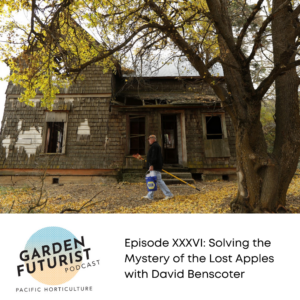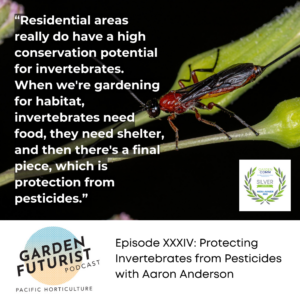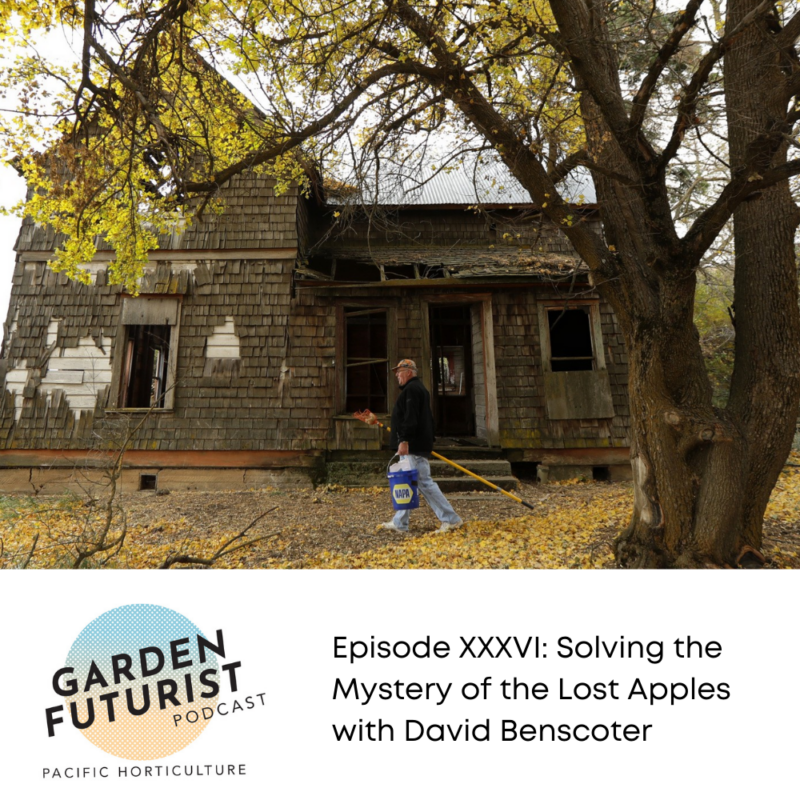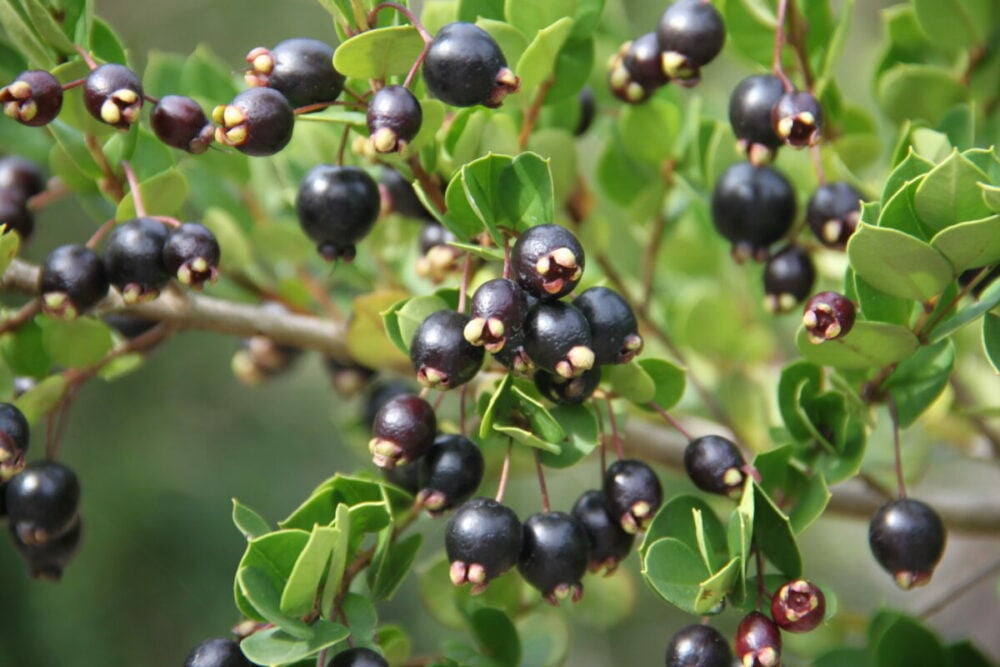
Dreaming of Cuba

Contributor

Fifty minutes into our one-hour flight from Miami to Havana, the screen of my companion’s iPad went dark as we entered Cuban air space, a reminder of the fifty-year old embargo restricting trade and contacts between our two countries. Our Cuban guide met us at the airport and gave us an introduction to some of the idiosyncrasies of life in Cuba – two types of currency (one for locals and another for tourists), monthly ration books for food, and different colored license plates for various types of vehicles (taxis, military, government). On the way to the hotel, we stopped at Revolution Square to see a monument representing the “triumph of the revolution” and a larger-than-life image of Che Guevara.
In many respects, Cuba is an island frozen in time. American cars from the 1950s are still on the roads, and beautiful old buildings are falling apart because there is no money for repairs or restoration. In other ways, the island is changing as the government begins to allow Cubans to talk more openly, own their own businesses, and travel abroad. In spite of the limitations of Cuba’s communist system, the country is rich in culture and traditions. The people we met were friendly, well educated, and dedicated to their work in botany, horticulture, and conservation. We visited communities devoted to reforestation and organic farming and the colonial cities of Trinidad and Cienfuegos.

Cuba is about the size of California, with many diverse habitats and vegetation types. Our botanical guide, an orchid specialist from the National Botanic Garden, told us about the island’s biodiversity. In the Sierra del Escambray, we hiked through pine forests and saw many species of orchids and ferns. We learned about traditional uses of plants from a Cuban ethno-botanist, who was surprised to find out that we were interested in conservation and ecology. We were the first group of American horticulturalists he had met, and our discussions changed his perceptions of Americans. In Zapata National Park, Cuba’s largest wetland, the park director took us to see some amazing birds, including flamingos, the bee hummingbird, and Cuba’s national bird, the tocororo.
One of the highlights of our tour was a meeting in Havana with members of the Cuban Botanical Society, including botanists from the National Botanic Garden, the director of Quinta de los Molinos (Havana’s first botanic garden, founded in the 18th century), nursery owners, and educators. We were impressed with their excellent power-point presentations. Several people from our group, which included members of the Pacific Horticulture, the Garden Conservancy, and the California Native Plant Society, spoke about their organizations. We discovered that we share an interest in environmental issues.
I have long been dreaming of a Pacific Horticulture tour to Cuba, and it has now become a reality. PHS is planning to return to Cuba in December, 2014, for another people-to-people tour. We look forward to continuing our explorations of this unique and fascinating island.










Responses